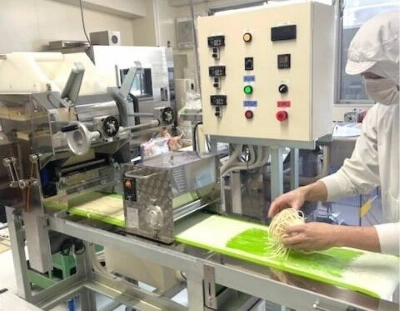When Yasuo Kitai first attempted to introduce Japanese calligraphy into Western art markets, he discovered he was up against thousands of years of tradition.
Calligraphy's bold, striking characters made with sweeping brush strokes have long held international interest, but Kitai aims to bring the art form out of classrooms and museums -- what he calls "art cemeteries" -- and into the commercial realities of the international art market. For the last six years the art dealer and gallery owner has been devoting himself almost exclusively to selling Japanese calligraphy at art expos in Europe and America. And, he says, Western buyers are slowly but surely catching on.
But a fully-fledged international calligraphy market is far from a reality. One significant barrier is the Japanese idea that traditional arts should not be sullied by the vulgarities of business. He also says that the most talented calligraphers find it difficult to detach themselves from strict student-master hierarchies. But by far the most difficult feat, he says, is convincing the calligraphers themselves. "They say they create calligraphy not for money, but for spiritual reasons," he said. "Western artists are surprised." They ask me, "How can calligraphers make a living if they can't sell their work?"
















With your current subscription plan you can comment on stories. However, before writing your first comment, please create a display name in the Profile section of your subscriber account page.